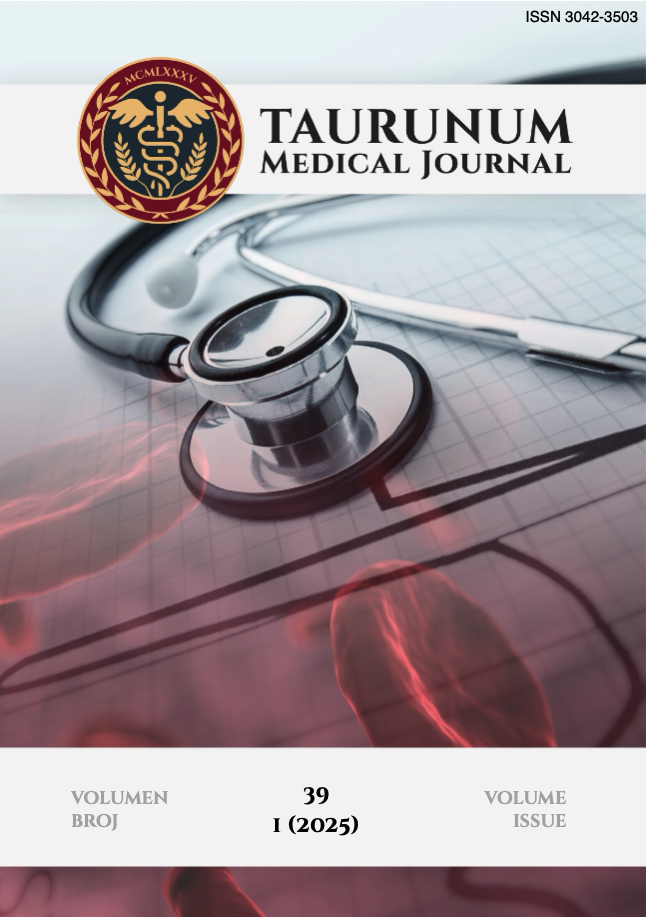
More articles from Volume 27, Issue 4, 2011
OrIGINaLNI radOVI OrIGINaL arTICLEs Retrospective analysis of perioperative mortality after retroperitoneal lymphadenectomy for nonseminomatous testicular tumors
Reasons reamputation at war amputation lower leg: Our experiences in CHC Zemun
Blood component therapy in children
Success at nonoperative treated patients with fractures of distal radial bone
Nutrition and physical activity in cancer survivors
Article views
Blood component therapy in children
Published: 01.12.2010.
Biochemistry
Volume 27, Issue 4 (2011)
pp. 356-361;
Abstract
Pediatric population, particularly in neonatal age, because of their physiological characteristics (propensity to infection, anaemia and hypovolemia) are often candidates for supportive therapy with labile blood components and blood derivate. Good clinical assessment and laboratory testing are essential in identifying the primary disorder, in order to implement the optimal blood product, with an appropriate manner and in sufficient doses. New technological procedures in the preparation and processing of blood components, adherence to the principles of good manufacturing and laboratory practices, as well as permanent quality control of labile blood components, make transfusion with blood products safe and more efficient. In pediatric practice are now available the products obtained from whole blood units, which are concentrates of red cells, platelets, fresh frozen plasma and cryoprecipitate. All doses are adjusted to the body mass of the patients (small volume doses). According to our results, the most common reason for transfusion care for pediatric patients was anaemia. In spite the reason of hospitalisation (different diagnoses), during diagnostic procedures the diagnosis of anaemia was established. This condition required the supportive therapy with small volume concentrated erythrocytes. To avoid giving unnecessary blood products, it is necessary to comply with recommendations by national guidelines for the application of labile blood components. Multi-disciplinary approach should provide right time diagnosis of disorders and conditions with right time transfusion care. Because of that, treatment of paediatric patients was efficient and safe.
Keywords
References
Citation
Copyright
This is an open access article distributed under the Creative Commons Attribution License which permits unrestricted use, distribution, and reproduction in any medium, provided the original work is properly cited.
Article metrics
The statements, opinions and data contained in the journal are solely those of the individual authors and contributors and not of the publisher and the editor(s). We stay neutral with regard to jurisdictional claims in published maps and institutional affiliations.




